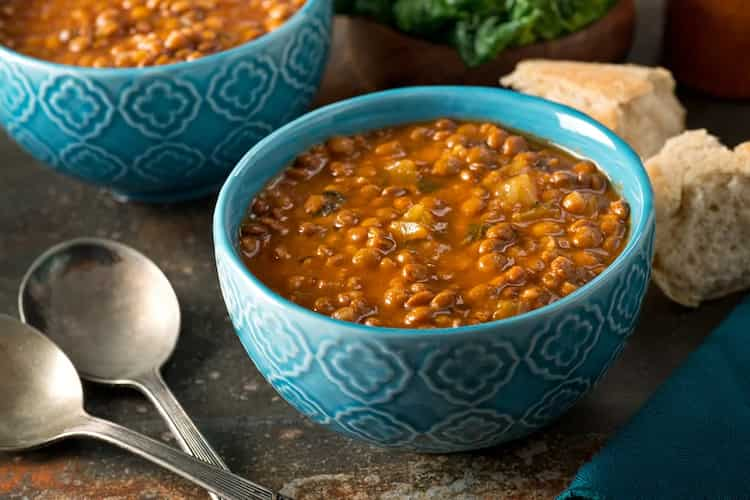Lentils are a member of the legume family. They grow in pods, resemble tiny beans, and are available in red, brown, black, and green variants. Lentils are without a doubt a staple of the majority of meals throughout the nation, yet despite being such a crucial component of the Indian diet, they continue to be an underappreciated food item. Few people are aware of the advantages they provide for our health. Pulses are rich in protein and fibre, provide satiety, and help you stay fuller longer. Due to their inexpensive cost and quick and simple preparation, lentils are a widely available source of high-quality protein for many people all over the world. Here are five easy steps, you may take full use of them and reap their benefits.
Use organic dals: Even though dals are a fantastic source of protein (especially for vegetarians), it is advisable to always choose unpolished dals because they are closer to what nature intended. This aids in keeping its wholesomeness and goodness. Try to stay away from dals that have been polished artificially using water, oil, or leather.
Use quality brands: To guarantee that your choice of pulses is one that is high in nutrition, has a good amount of protein, almost no fat, and is moderate in calories, always choose brands that you can trust.

Add variety: Eating lentils in rotation makes perfect sense because there are so many varieties of lentils available in our region, each of which has a unique set of nutrients and health advantages.
Create recipes: Try different things with them to come up with fresh foods to keep them from getting bored. Pulses can be used to make a variety of dishes, including salads, stews, pilafs, and snacks. Test out Bengali dalpuris and a daal bhaatey, ghugni (black gram or dried yellow/white peas cooked in a sauce) and Sattu from Bihar, delectable gate ki subzi and dal panchmali from Rajasthan, and kadi and khati meethi daal from Gujarat made with toor daal (arhar). Additionally, you can create your own recipes for fun. Adding extra dals to your diet is easy and delicious with a dal soup.
Consume everyday: As they were originally consumed all over the country, make lentils your go-to ingredient and eat them at least once, if not twice, a day. However, this dietary pattern is being phased out just like many other healthy ones. It needs to be revived right away.
Storing
Dry lentils should be kept properly wrapped in a cool, dry place. The pantry is ideal, but a kitchen cabinet also works nicely. It's best to move the leftovers into an airtight container or freezer bag as soon as you open the plastic package. Your lentils will be protected from odours and moisture in this way.
For the majority of people, lentils are a healthy inclusion to a balanced diet. It’s worth noting, however, that like other legumes, lentils contain natural compounds commonly referred to as ‘anti-nutrients’. These include phytic acid which binds with nutrients like iron and zinc, making the minerals harder for us to absorb. The phytic acid content of lentils is actually lower than that of corn, wheat and soya beans. Furthermore, these anti-nutrients can be reduced by soaking and cooking.


